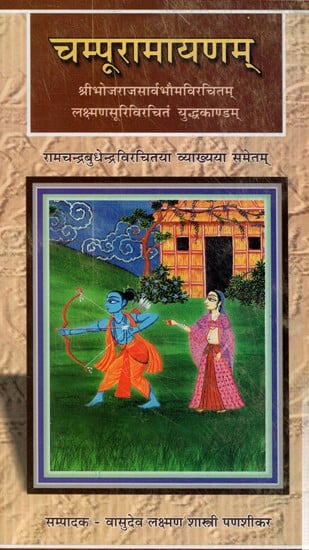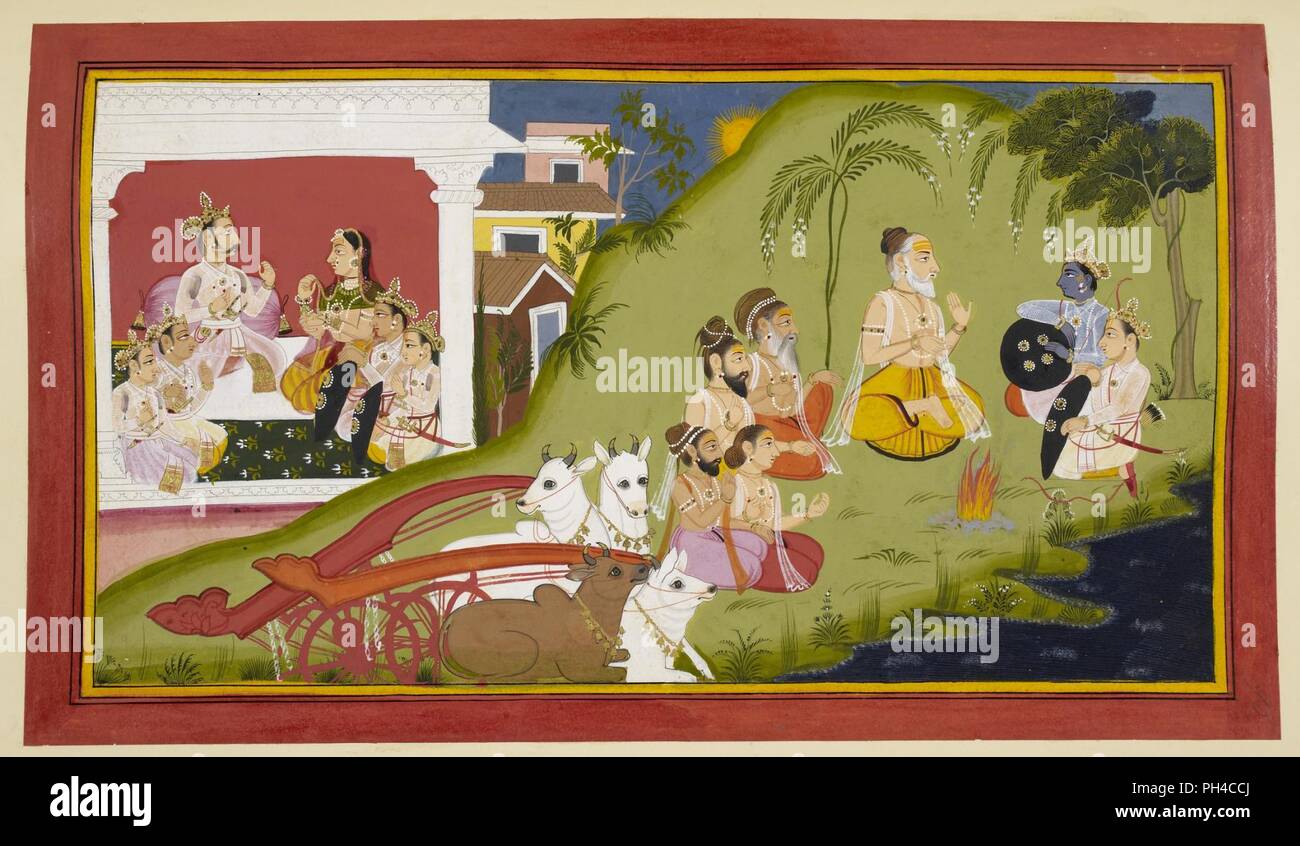
The Kandas or episodes describe the childhood and early life of the four brothers, their attempts in killing the Rakshasas, the marriage of Rama to Sita and the marriage of his other three brothers to the daughters of Janaka. These Kandas describe the kingdom of Ayodhya and its ruler Dasaratha and how he got four sons from his three wives. Kandas or episodes in Ramayana consist of seven parts which include the Bala Kanda, Ayodhya Kanda, Aranya Kanda, Kishkindha Kanda, Sundara Kanda, Yuddha Kanda and Uttara Kanda. After the twin grows up and reunites with their father, Sita seeks refuge in the arms of her mother, the Earth, and frees herself from the unjust world. Sita takes refuge in Valmiki's Ashram where she gives birth to twins Lava and Kusha. Even after Sita succeeds in proving her chastity through Agnipariksha, she remains as the subject of suspicion due to which Rama reluctantly abandons her while she was pregnant. However owing to the long captivity of Sita the people of the kingdom could not accept her and she was forced to undergo an ordeal of fire, Agnipariksha, to prove her chastity. After defeating Ravana, the victorious Rama returned to Ayodhya with his wife and was coronated as the new monarch. The great monkey Sugriva and his alliance with Rama were also fruitful as he regained his wife and his kingdom and he in turn helped Rama in finding out Sita and employed his army of monkeys to fight for Rama against Ravana. Lord Hanuman also plays an important role in this epic by finding Sita and helping Rama to fight the battle against Ravana. However, during their exile, Ravana abducted Sita with the help of an evil plot. Lakshmana protected and served Rama and Sita in the forest. Rama was accompanied voluntarily into the forest by his wife Sita and his brother Lakshmana. As a result of the jealously of Kaikeyi, Rama went into exile for fourteen years.

Bharata was the second son of Dasaratha and Queen Kaikeyi. He had three queens named Kaikeyi, Kaushalya and Sumitra. Dasaratha was Rama's father and was the king of Ayodhya. This great epic comprises of 24000 couplets in seven books which give an account of the royal birth of Rama and his other three brothers, the loss of his throne and his victory over evil. Ramayana presents the story of Lord Rama, who is also the main character in this epic.

Ramayana appears as a work that is a popular epic and ornate poetry at the same time. Similes are heaped on similes, and descriptions, especially of nature, are spun out interminably with ever new metaphors and comparisons.

embellishments such as similes, poetic figures, puns, and so on, are used largely, even to excess. In the composition of the Ramayana, as in all Kavyas, greater importance is attached to the form than to the matter and contents of the poem, and that so-called 'alankaras', i.e. The beginnings of ornate epic poetry do indeed lead back to the Ramayana, and Valmiki has always remained the pattern to which all later Indian poets admiringly aspired. As per the Hindu tradition, the Ramayana was considered to have taken place during the period known as Treta Yuga. The original version of the story in Sanskrit language is called the Valmiki Ramayana, which dates back to the 4th century B.C. The Indian tradition believes that the great epic has been written by a single poet, the great sage Valmiki, who was also a contemporary of Lord Rama and also a marginal actor in the great epic. The great epic of Ramayana is traditionally attributed to Valmiki, who is considered to be the first poet of India. In fact, Valmiki is often said to be the first 'Kavi' or author of ornate poetry, Adikavi, and Ramayana is said to be the first ornate poem. It is believed to have been written by a poet named Valmiki, and there is no doubt to believe that a poet of this name really lived and first shaped the ballads, which were scattered in the mouths of the bards, into the form of a unified poem. Ramayana, even in the form in which it is read today, is still a fairly unified heroic poem. Ramayana is one of the greatest Indian epics ever written and it forms an important part of Indian religious and literary history.


 0 kommentar(er)
0 kommentar(er)
